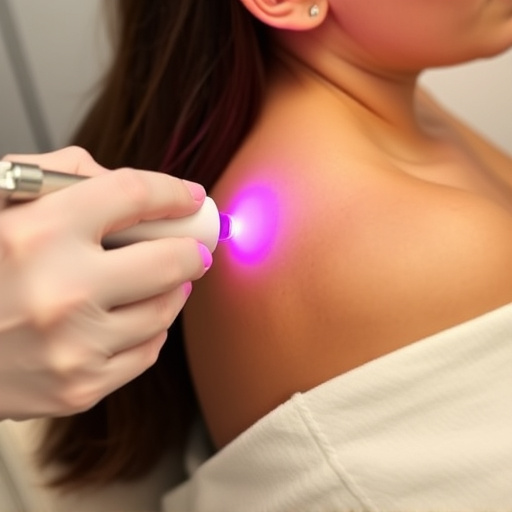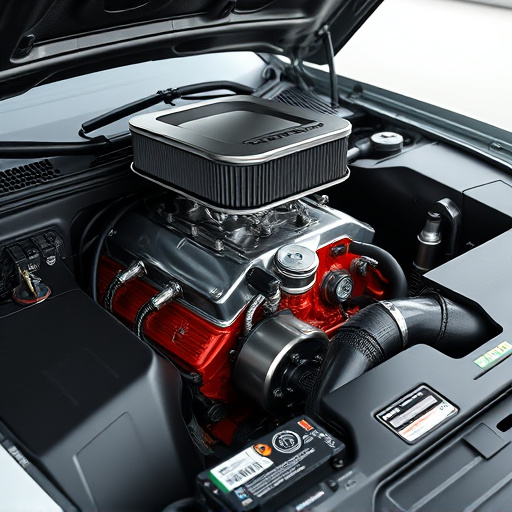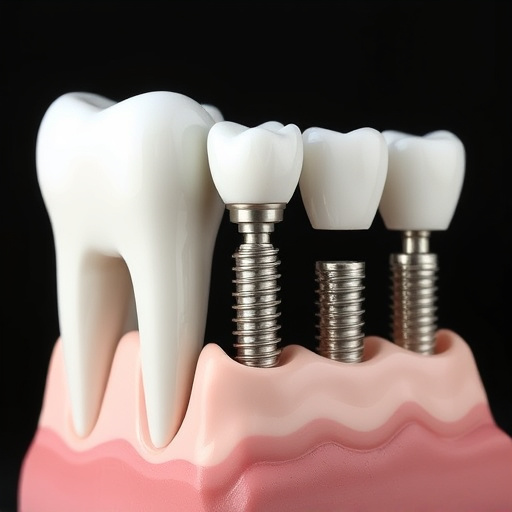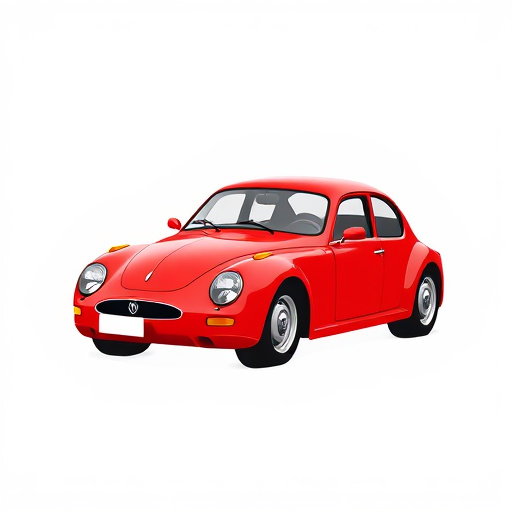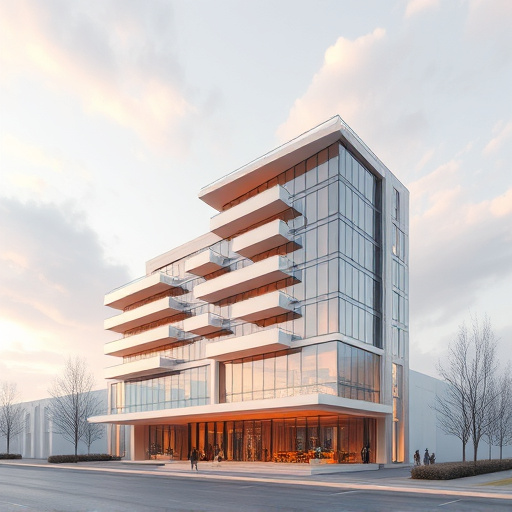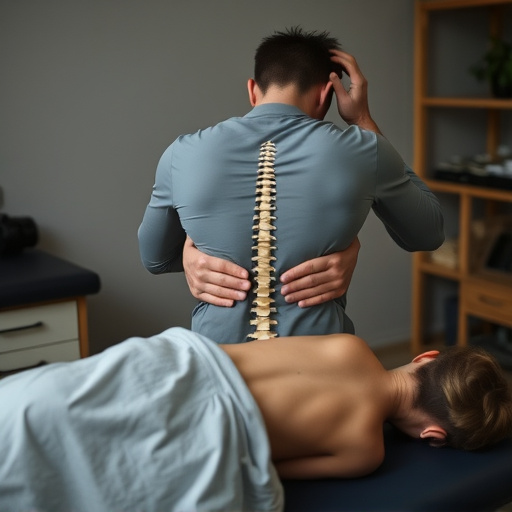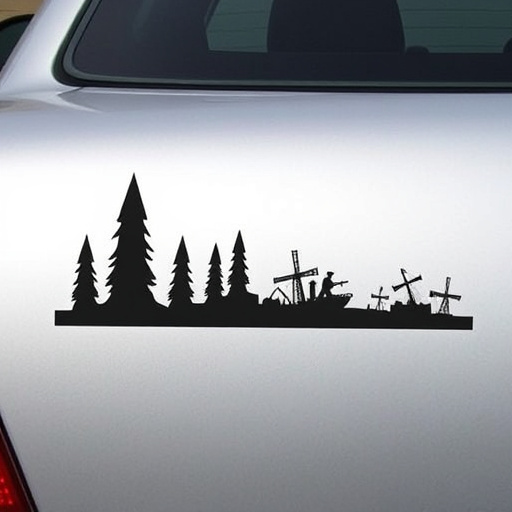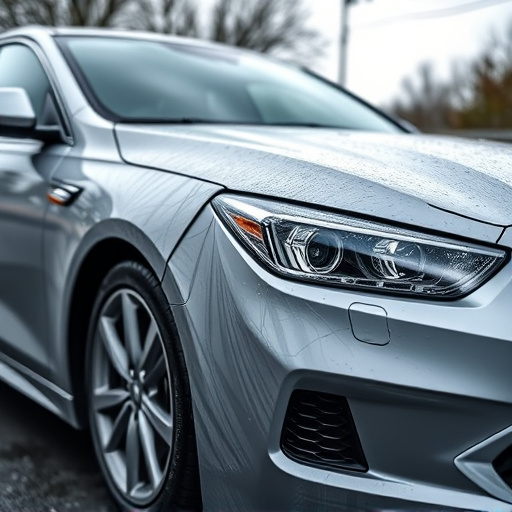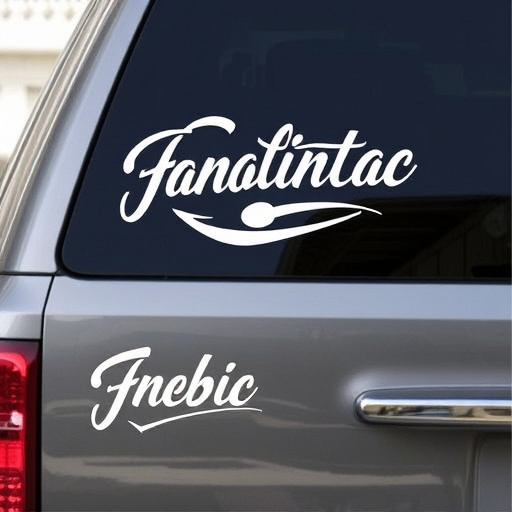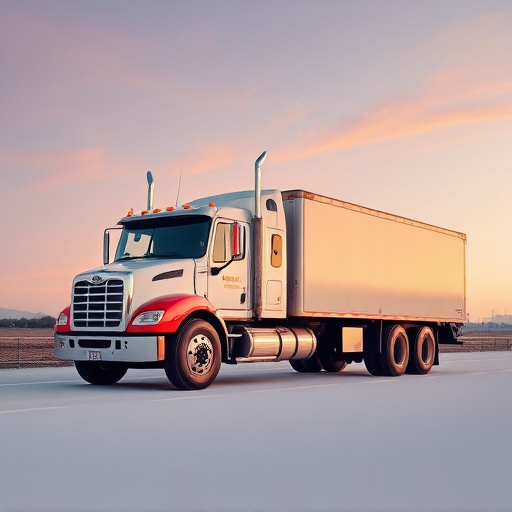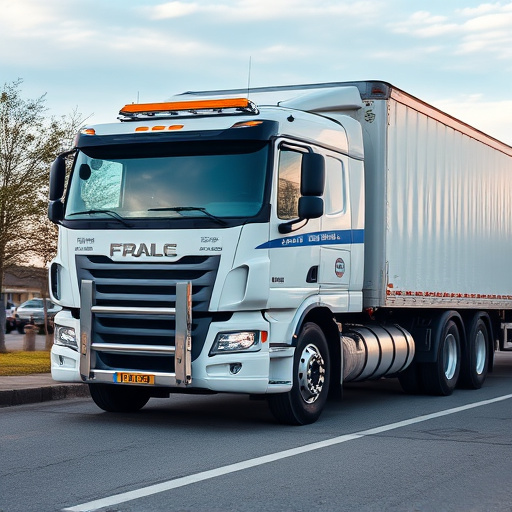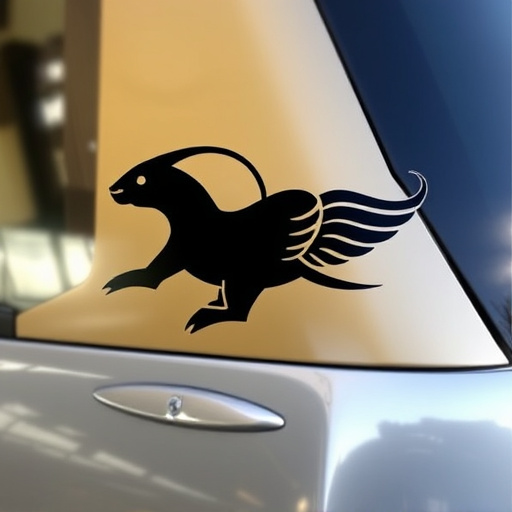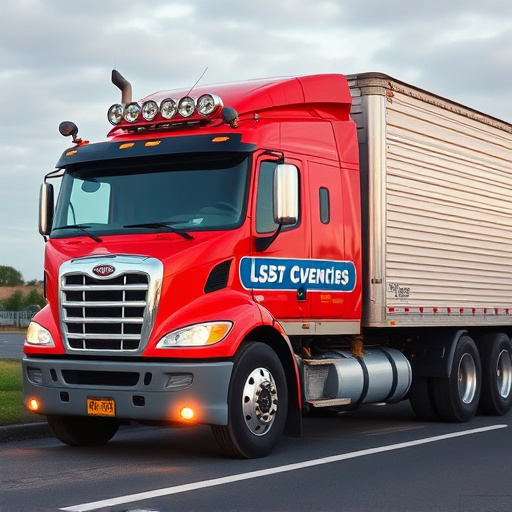Color change wraps revolutionize vehicle customization and protection by offering seamless integration and enhanced durability on smooth, non-porous surfaces like ceramic-coated metal, high-gloss paint, carbon fiber, and polycarbonate. Proper surface preparation, including cleaning and priming, is vital for optimal adhesion and longevity. Choosing the right substrates, using clean, contaminant-free materials, and selecting appropriate adhesives ensure a seamless finish, aesthetic appeal, and protection against scratches and stains, keeping your vehicle looking as good as new for years.
Discover the secrets behind achieving flawless applications of color change wraps! This comprehensive guide explores the art of transforming surfaces with dynamic hues. We delve into the materials science behind these innovative wraps, uncovering which substrates embrace color changes most smoothly. From surface texture nuances to preparation techniques, learn how subtle adjustments can significantly impact the final aesthetic. Uncover the ideal materials for optimal adhesion and visual appeal in the world of color change wraps.
- Understanding Color Change Wraps: Materials and Their Properties
- Factors Influencing Smooth Application: Surface Texture and Preparation
- Choosing the Right Substrates: Ensuring Optimal Adhesion and Aesthetics
Understanding Color Change Wraps: Materials and Their Properties
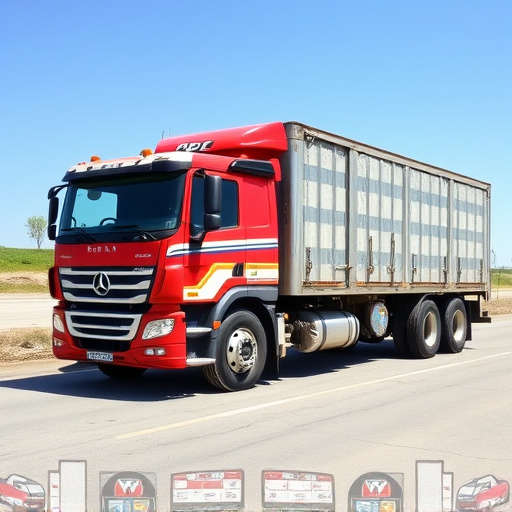
Color change wraps, also known as film technology, have revolutionized the way we enhance and protect our vehicles. These innovative materials allow for a seamless transformation of a car’s exterior appearance, offering both aesthetic appeal and functional benefits. Understanding the properties of different surfaces is crucial when it comes to achieving the smoothest application of color change wraps.
The key lies in the compatibility between the wrap material and the substrate. Surfaces like ceramic-coated metal, high-gloss paint, and even some types of plastic have proven to be ideal for this process. These materials offer a smooth, non-porous finish that allows the wrap to adhere evenly without bubbles or wrinkles. In contrast, rough or porous surfaces may result in an uneven application and reduced durability of the color change effect. Premium automotive services often utilize ceramic window tinting as a base treatment, enhancing protection while ensuring the wraps adhere flawlessly, creating a stunning visual impact on vehicles.
Factors Influencing Smooth Application: Surface Texture and Preparation
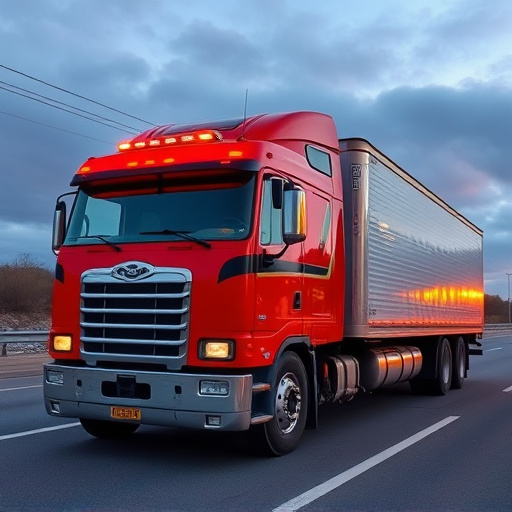
The smooth application of color change wraps largely hinges on two key factors: surface texture and preparation. A crucial consideration is the roughness or smoothness of the substrate where the wrap will be applied. Generally, surfaces with a finer finish allow for a more seamless integration of the wrap, resulting in fewer bubbles, wrinkles, and visible lines. This is why materials like carbon fiber, smooth metal, and certain types of plastics are ideal for achieving a professional look.
Prior to applying color change wraps, thorough preparation of the surface is essential. This includes cleaning the area thoroughly to remove any dirt, grease, or debris that could impede adhesion. Additionally, priming the surface can enhance bonding, ensuring the wrap adheres securely and lasts longer. For instance, in the context of vehicle wraps or window tinting, a professional PPF (Paint Protection Film) installation often involves these meticulous steps to guarantee a smooth and durable finish, enhancing both aesthetics and protection.
Choosing the Right Substrates: Ensuring Optimal Adhesion and Aesthetics
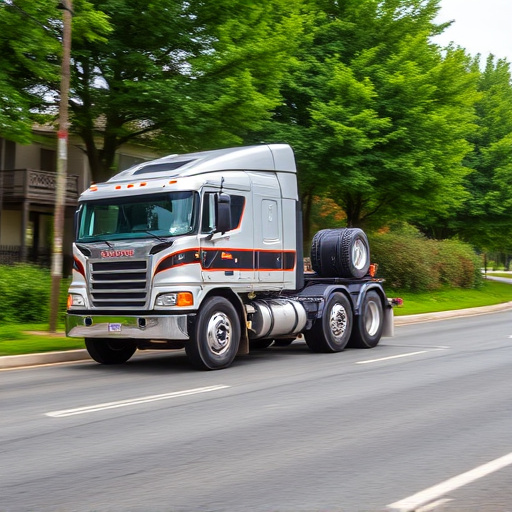
Choosing the right substrates is paramount when considering color change wraps for optimal adhesion and aesthetics. Smooth, non-porous surfaces like carbon fiber, polycarbonate, and some types of acrylic offer the best results for these innovative wraps. These materials provide a seamless finish, ensuring that the new color blends evenly without visible lines or textures from the original surface. When applied correctly, color change wraps can transform the look of a vehicle or other smooth structures, enhancing their visual appeal and providing protection against scratches and stains.
In contrast, rough or porous surfaces like painted metal or certain types of plastics may not adhere as well, leading to bubbling, peeling, or an uneven finish. For optimal performance with color change wraps, it’s recommended to use a substrate that is clean, free from contaminants, and properly prepared. Additionally, selecting the appropriate adhesive designed for color change films can significantly improve long-term adhesion, ensuring that your vehicle or structure looks as good as new for years to come, enhancing its overall paint protection and preservation.
When it comes to achieving a seamless and aesthetically pleasing application of color change wraps, the choice of surface is paramount. By understanding the properties of different materials and factoring in surface texture, proper preparation can ensure optimal adhesion. Smooth, well-prepared surfaces like glass, polished metal, and certain plastics allow for the most even distribution of color change films, resulting in vibrant, long-lasting transformations. This guide highlights the key considerations for successful implementation of color change wraps, empowering users to select the right substrates and achieve remarkable visual effects.
